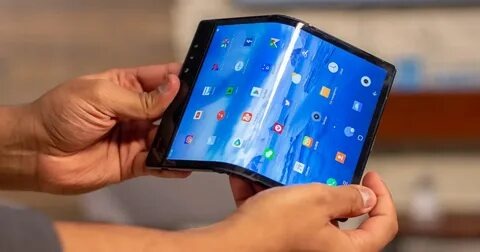
Foldable Smartphone Market Growth and Outlook
The Foldable Smartphone Market Size has emerged as one of the most intriguing frontiers in consumer electronics, reshaping how users interact with their devices. Once considered a futuristic concept, foldable phones have now matured into commercially viable products that appeal to both tech enthusiasts and everyday consumers. In 2025, the market continues to gain traction, driven by rapid advancements in flexible display technology, increasing consumer interest in multitasking, and growing investments by major smartphone manufacturers.
This upward trend is being fueled by increasing consumer demand for larger screens without sacrificing portability. Foldable devices offer a hybrid experience, functioning as both a smartphone and a tablet. This versatility is especially appealing to users who value multitasking, mobile gaming, video streaming, and productivity on the go.
Technology Trends Driving the Market
Several technological innovations are contributing to the momentum of Foldable Smartphones Market Trends:
-
Improved Hinge Mechanisms: Manufacturers have significantly enhanced hinge durability, minimizing wear and tear from daily use. Newer models feature water-resistant hinges and seamless folding experiences.
-
Flexible OLED Displays: The core of foldable phones lies in flexible OLED panels. These displays are thinner, more durable, and offer vibrant color accuracy—an essential component for immersive viewing experiences.
-
Software Optimization: Foldable smartphones now come with customized Android interfaces or proprietary software that supports multitasking, split-screen apps, and seamless transitions between folded and unfolded states.
-
Battery Innovations: Dual-battery systems and energy-efficient chips ensure that performance and battery life remain uncompromised, even in slimmer, more complex form factors.
Challenges to Address
Despite its growth, the foldable smartphone market still faces some hurdles:
-
High Price Points: Premium pricing limits mass adoption. Foldable phones often retail at over $1,500, making them accessible mostly to early adopters and tech-savvy professionals.
-
Durability Concerns: While durability has improved, consumers remain cautious about longevity, especially with the foldable screen’s susceptibility to scratches and damage.
-
App Compatibility: Some third-party apps still struggle with optimizing for foldable displays, though this is gradually improving with support from Google and developers.
The Road Ahead
Looking forward, the foldable smartphone market is poised for transformative growth. With decreasing production costs, better materials, and wider consumer acceptance, foldable phones may soon become a standard offering alongside traditional smartphones. As 5G, AI, and foldable tech converge, we can expect smarter, more adaptable, and intuitive devices.
